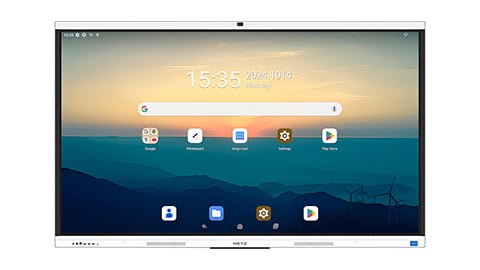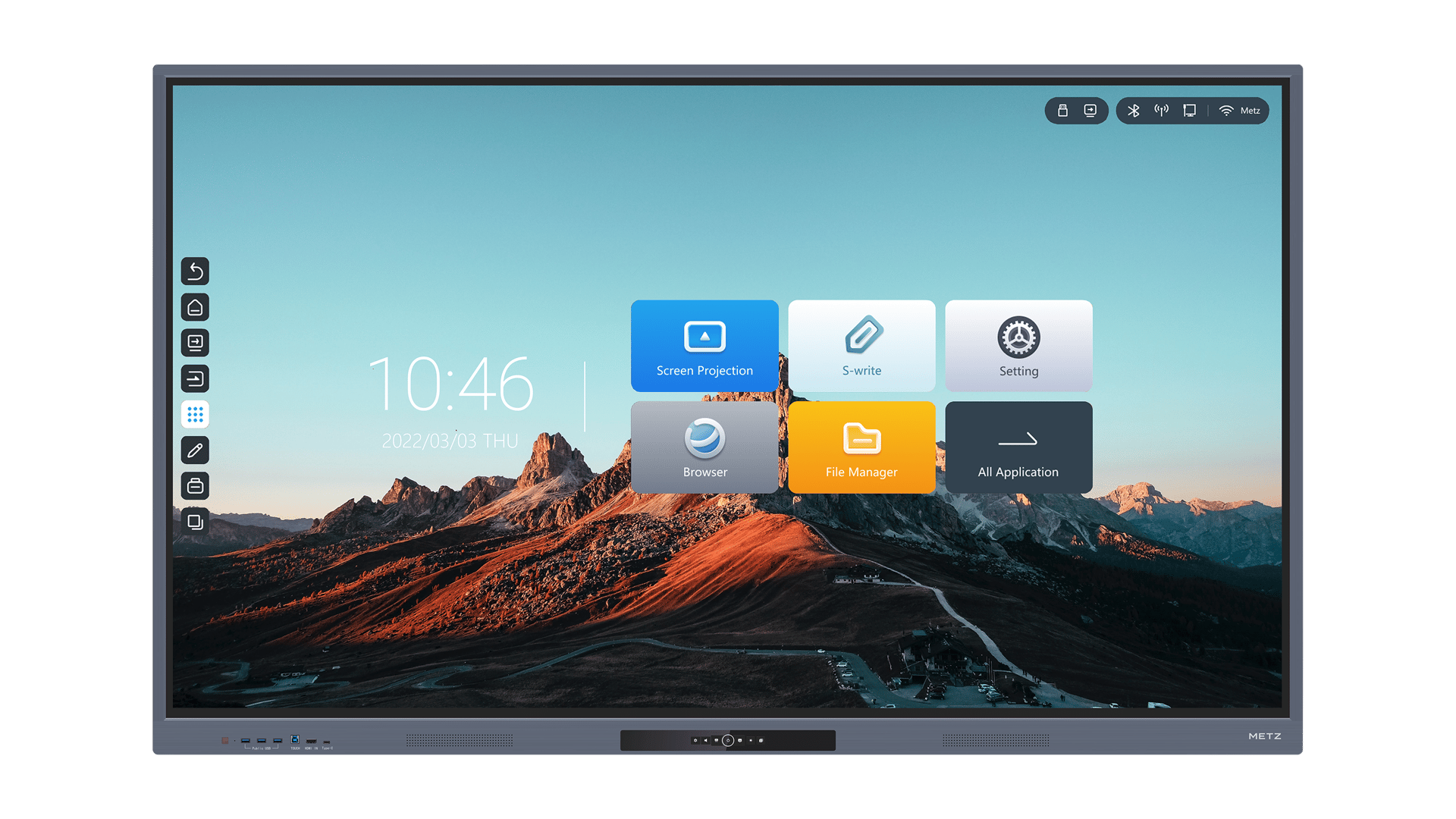Introduction
In today's digital age, technology has revolutionized the way we live, work, and learn. One of the most significant advancements in the field of education is the introduction of smart board technologies. These interactive whiteboards have quickly gained popularity in classrooms worldwide, offering an innovative way to engage students and enhance their learning experience. In this article, we will explore the various benefits and features of smart board technologies, highlighting their positive impact on education.
1. Improved Interactivity and Engagement
Smart board technologies provide a dynamic and interactive learning environment that captures students' attention and enhances their engagement. With touch-sensitive screens, students can actively participate in lessons, manipulating content, and collaborating with their peers. This interactivity promotes a deeper understanding of the subject matter and encourages students to take an active role in their own learning process.
2. Enhanced Visual Learning
Visual aids have long been recognized as valuable tools for learning, and smart boards take visual learning to a whole new level. These technologies allow teachers to present information in a visually appealing and interactive manner, incorporating multimedia elements such as images, videos, and animations. By catering to different learning styles, smart boards ensure that students grasp concepts more effectively and retain information for longer periods.
3. Access to Vast Educational Resources
Smart board technologies enable teachers to access a vast array of educational resources, opening up endless possibilities for enhancing their lessons. Teachers can easily integrate online resources, educational apps, and interactive websites into their smart board presentations, providing students with up-to-date and relevant content. This access to a wealth of resources enriches the learning experience and keeps students engaged in the digital age.
4. Increased Collaboration and Communication
Smart board technologies foster collaboration and communication among students, leading to a more interactive and cooperative classroom environment. With features like multi-touch screens and interactive software, students can work together on projects, share ideas, and collectively solve problems. This collaborative approach not only enhances their critical thinking and teamwork skills but also prepares them for the collaborative nature of the modern workforce.
5. Real-time Assessment and Feedback
Smart boards offer teachers the ability to instantly assess student understanding and provide immediate feedback. Through interactive quizzes, polls, and other assessment tools, teachers can gauge students' comprehension and adjust their teaching accordingly. This real-time assessment allows for personalized instruction and ensures that students receive the necessary support and guidance to succeed academically.
6. Increased Teacher Efficiency
Smart board technologies streamline teaching processes, making classroom management more efficient for teachers. With the ability to save and reuse lesson materials, teachers can reduce preparation time and focus on delivering high-quality instruction. Additionally, smart boards eliminate the need for traditional teaching aids like chalk and whiteboards, simplifying the teaching process and creating a more organized and professional learning environment.
7. Accessibility and Inclusivity
Smart board technologies promote accessibility and inclusivity in the classroom by catering to diverse learning needs. These technologies offer features like text-to-speech, magnification, and color contrast adjustments, making content more accessible for students with visual impairments or learning disabilities. By removing barriers to learning, smart boards ensure that all students have equal opportunities to thrive academically.
8. Environmentally Friendly
Smart boards contribute to environmental sustainability by reducing paper usage in the classroom. With the ability to save and share digital content, teachers can significantly reduce their reliance on printed materials. This not only saves resources but also teaches students about the importance of environmental conservation and responsible technology use.
9. Professional Development Opportunities
Integrating smart board technologies into the classroom provides teachers with professional development opportunities. Training sessions and workshops on smart board usage and best practices enable teachers to enhance their technological skills and explore new teaching methodologies. This ongoing professional development ensures that teachers stay up-to-date with the latest educational trends and continue to deliver high-quality instruction.
10. Preparation for the Digital Future
By incorporating smart board technologies into education, schools prepare students for the digital future that awaits them. In an increasingly technology-driven world, proficiency in using smart boards and other digital tools is essential for success in higher education and the workforce. By embracing smart board technologies, schools equip students with the necessary skills and competencies to navigate the digital landscape confidently.






